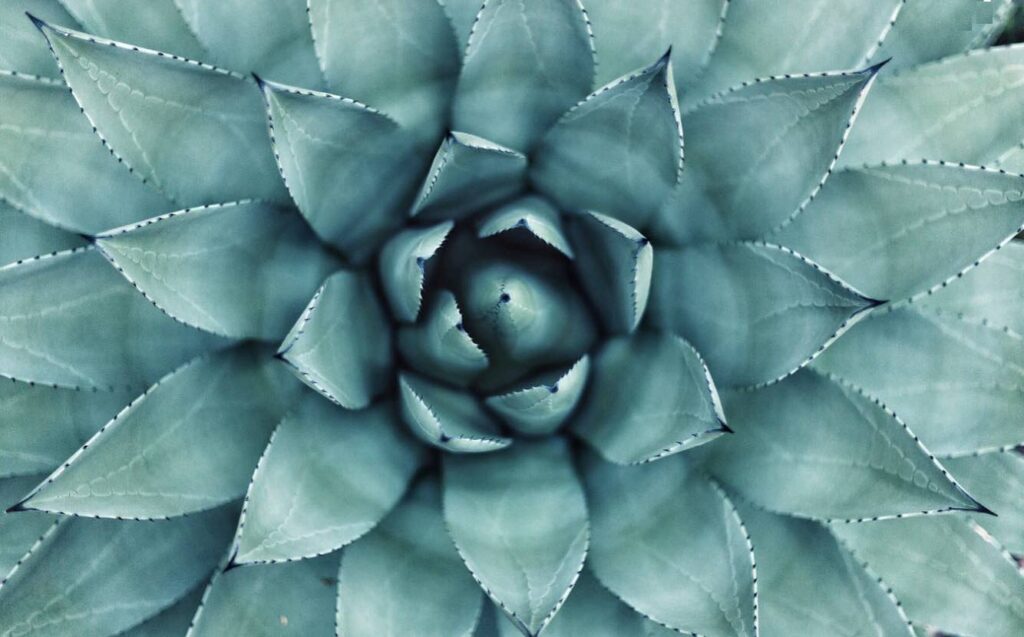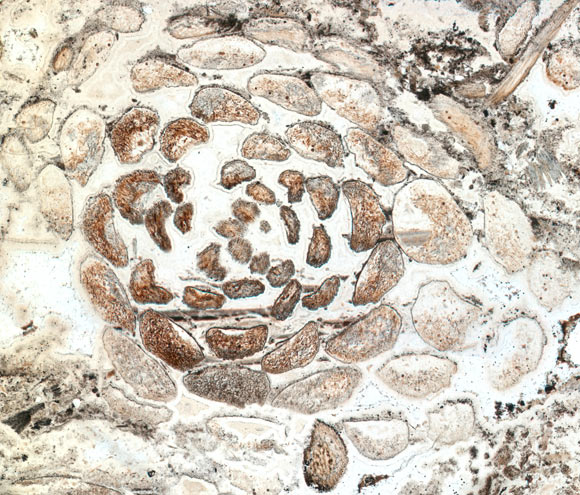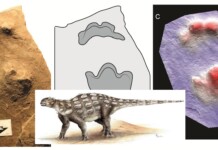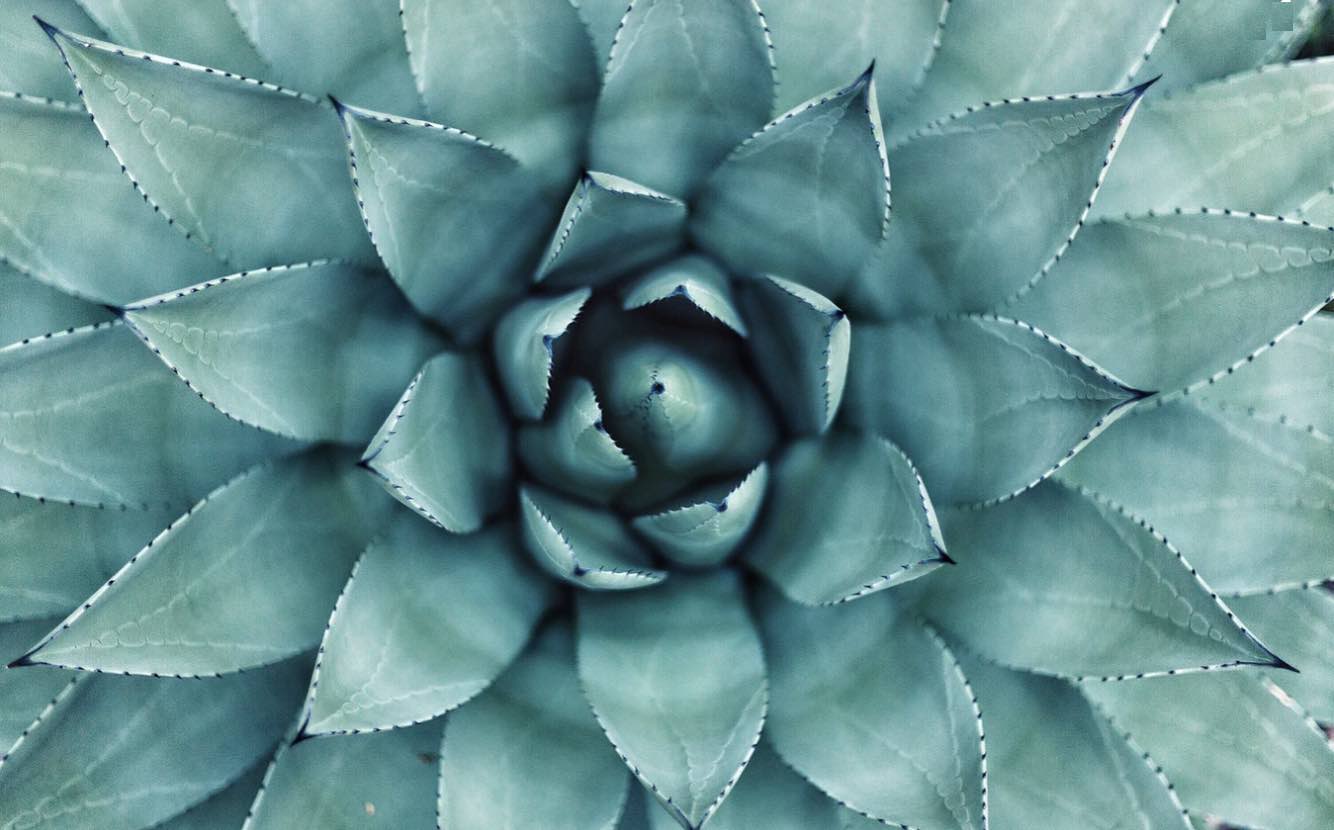
It’s the most famous mathematical sequence in biology—the description of a spiral with a particular ratio found in the evolution of plants going back millions of years, and that is seen today in succulents like this aloe, but also in pineapples, sunflowers, and pinecones.
Named for the Italian mathematician that discovered it, the Fibonacci Sequence, or Fibonacci Spiral, is also known as nature’s secret code, as it also predicts the spiral of invertebrate shells like ammonites and snails.
Now though, scientists have just discovered where its spiral ends, and one would have to go back 407 million years ago.
The Early Devonian Period produced a plant known as the clubmoss, which arranged its leaves in a spiral, but which doesn’t follow the Fibonacci Sequence.
“Spirals are common in plants, with Fibonacci spirals making up over 90% of the spirals,” University of Edinburgh paleontologist Alexander Hetherington and colleagues wrote in their paper describing the discovery.
MORE MATHEMATICS IN LIFE: The Mind-Blowing Mathematics of Snowflakes
“Based on their widespread distribution it has long been assumed that Fibonacci spirals were an ancient feature that evolved in the earliest land plants and became highly conserved in plants.”

They characterize the Fibonacci spiral as being found in the arrangement of their organs around their stems. In most existing plant species, organs emerge at 137.5° from the previous organ. This results in continuous spirals of organs, with the number of clockwise and anticlockwise spirals forming consecutive numbers in a Fibonacci sequence.
The Fibonacci Sequence has also been found in spiral galaxies and large hurricanes. Fans of the band Tool probably know that band leader Maynard James Keenan wrote a song with the lyrics and time signature arranged in the numbers of the Fibonacci Sequence.
Asteroxylon mackiei was a clubmoss that featured among the world’s oldest leaf-bearing plants. The exceptionally preserved fossil subjected to 3D imaging for the study was found in the famous fossil site the Rhynie chert near the Aberdeenshire village of Rhynie in Scotland.
MORE MATHEMATICS IN LIFE: The Mind-Blowing Mathematics of Sunflowers …From Scientific American Magazine on Their 175th Birthday
“The clubmoss Asteroxylon mackiei is one of the earliest examples of a plant with leaves in the fossil record,” said Holly Anne-Turner, the study’s first author. “Using these reconstructions we have been able to track individual spirals of leaves around the stems of these 407 million-year-old fossil plants. Our analysis of leaf arrangement in Asteroxylon shows that very early clubmosses developed non-Fibonacci spiral patterns.”
“This transforms our understanding of Fibonacci spirals in land plants,” the researchers said. It indicates that non-Fibonacci spirals were common in ancient clubmosses and that the evolution of leaf spirals diverged into two separate paths.”
SHARE This Break In Mathematical Evolution With Your Friends…




















